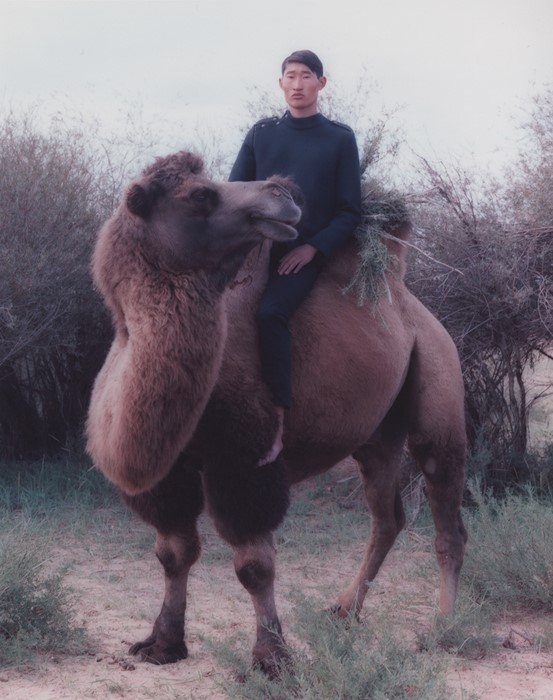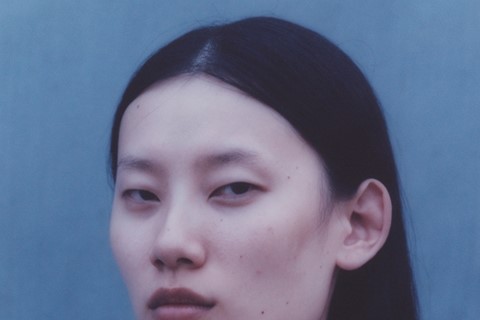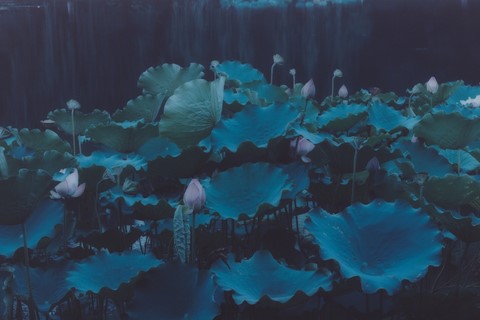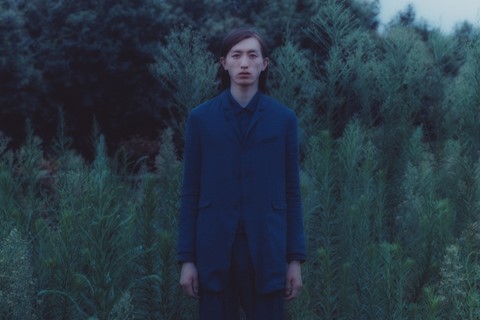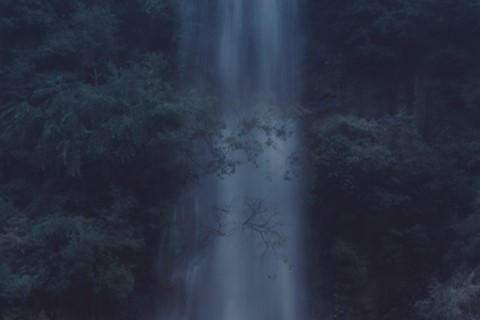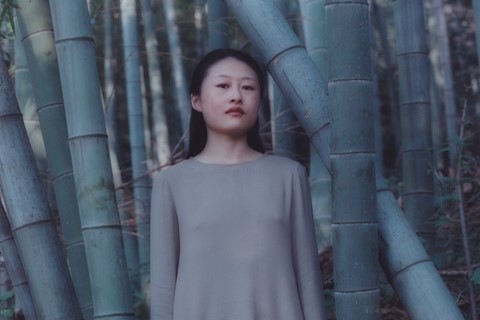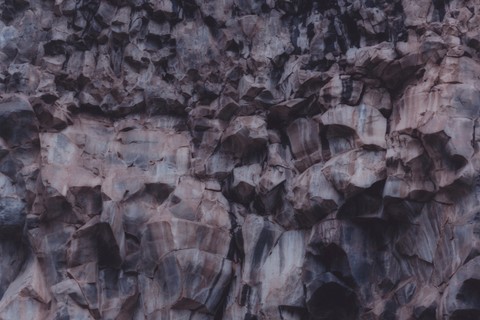Tasked with shooting a lookbook for Chinese fashion house JNBY, photographer Amira Fritz decided to take the clothes off on a roadtrip from Shanghai to Paris. Her idea was to use the journey as a route...
Tasked with shooting a lookbook for Chinese fashion house JNBY, photographer Amira Fritz decided to take the clothes off on a roadtrip from Shanghai to Paris. Her idea was to use the journey to gain an understanding of a continent that had always seemed, to her European sensibilities, unfathomably vast and oblique. Setting off from the Chinese capital, Fritz and her team drove towards Europe, pausing at towns to cast, style and shoot an individual from the community. The resulting images are an extraordinary visual journey through the landscape, featuring faces that change incrementally along with their backdrops. It is a novel, involving and beautiful series, where the changing geography of the land is as much a part of the story as the models and the clothes.
Here, AnOther speaks to Fritz about the concept’s inception and what she discovered along the way.
How did you come up with the idea of the Shanghai to Paris roadtrip as the best way to shoot the JNBY clothes?
To be honest, at first I was a bit overwhelmed to be working for a Chinese client. We're fed so much information about China these days, yet we have no idea what is really going on there. It has become so close and is still so far away. For us Europeans, it’s impossible to imagine the enormous and dense population and fast economic development, with our relatively slow growth industry. Therefore, I decided to approach the differences from a geographical viewpoint and look at the "space" between Shanghai and Paris – and the young people in it of course.
"Sometimes it was like magic, we just bumped into someone so beautiful on the inside and out that immediately we felt a connection. Then this person would show us to the most wonderful place..."
I've read that you construct your images with painstaking exactitude, sometimes drawing out what you want to shoot. As this roadtrip process was, by its very nature, a far more fluid and random one, did this change the way you worked at all?
I don't think I could work in any other way. The route we decided upon, and the people we photographed were chosen more on instinct, a sense of randomness, and it sometimes felt like destiny, but the shooting itself wasn't. We saw each location before shooting, had a fitting with every model the day before and spent as much time as possible with them to get to know them better. So we made sure the colours of the scenery and the clothes would fit together and the people felt more comfortable.
Each picture is both distinctive yet otherworldly – how much time did you spend in each place finding the right model/location/setting?
That was our priority, so we did as much research as needed. Sometimes it was like magic, we just bumped into someone so beautiful on the inside and out that immediately we felt a connection. Then this person would show us to the most wonderful place in the middle of a forest. Unfortunately there were also days we spent driving around finding neither a location nor a model.
You've said that you are currently intrigued by the notion of the muse – how someone's beauty can make us feel, the emotions we gain just looking at the 'surface of the human body'. Was this the feeling that you sought when you chose each of your subjects?
Of course, I always have that in mind when I choose a model. However, I think to find a real muse as an artist is something very, very rare. The model would have to be perfect in every sense and the artist to be totally obsessed. If I had found that on this trip, there would have been no reason to continue the journey.
"I think an untouched natural landscape has a certain energy. It’s easy to feel that force when you stand in the middle of it. I believe that fashion can have a similar power which you can feel when you wear the clothes"
Nature plays a huge role, both in your style in general, and in the images from this trip. How important was it to entwine the clothes within the nature of the country/environment where they were shot?
Very. I think an untouched natural landscape (such as a wild forest, mountains or a desert) has a certain energy. It’s easy to feel that force when you stand in the middle of it. I believe that fashion can have a similar power which you can feel when you wear the clothes. To capture both of these energies is a difficult feat. For me, it's only possible when the landscape and the clothes are not concurring. If they "help each other" by contrasting, they can reinforce each other's strengths and suddenly become apparent on a two-dimensional image and even give goose pimples to the viewer. I think achieving this is my main goal.
Do you have a favourite image? If so, can you talk through why?
From the travel project, it's definitely the man on the camel. I’m proud of it, firstly, as I found out that it’s so hard to photograph this type of animal. It doesn't want to stand still and always prefers to lie down or slobber on the camera. Like all my pictures from the trip it has not been retouched, so you can imagine how long it took to get that perfect pose. Since taking this photo I have so much respect for Richard Avedon, taking those pictures with the model and the two elephants. I also like it because it has humour and I think that’s what the world needs at the moment.
Photography, casting, production: Amira Fritz
Styling, casting: Kathi Kauder
Set Design: Sophear Froment
Hair (Shanghai - Istanbul): Manuela Kopp
Hair (Istanbul - Paris): Adam Szabo
Text by Tish Wrigley
